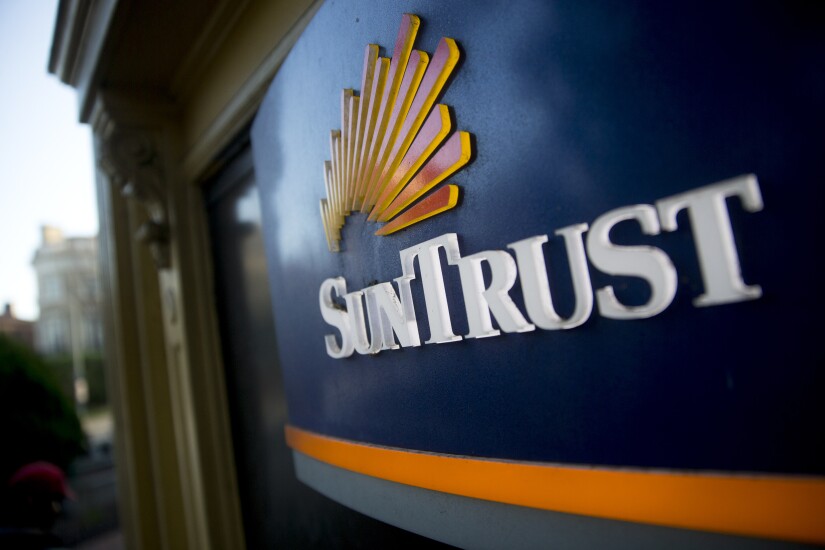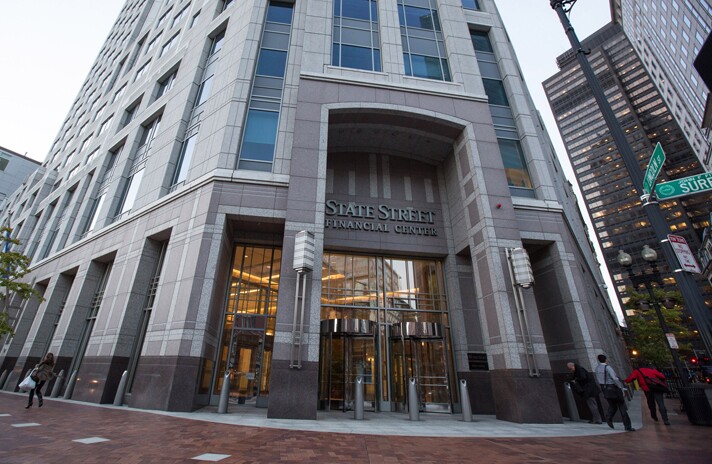
With nine Democrats, including Sens. Jon Tester of Montana and Mark Warner of Virginia, and nine Republicans as co-sponsors, it likely has enough support to pass the Senate.
But the GOP are still hard at work trying to pass a tax reform bill and it’s unclear how quickly Senate Majority Leader Mitch McConnell, R-Ky., will want to bring the legislation up for a vote.
The broad bipartisan support comes at a cost to financial institutions. The overall bill is modest, mostly benefiting community banks and credit unions, and it doesn't make any changes to the Consumer Financial Protection Bureau's structure or powers, as many banks and credit unions have sought. But it does include a number of narrower proposals that have received bipartisan support and taken together could be beneficial to many institutions.
Since its passage in 2010 Dodd-Frank has remained largely unchanged and regulators have spent the majority of the last seven years implementing the financial reform law. The deal reached on Monday will take steps to roll back parts of the law, which is now possible because President Trump will sign bills that ease regulation.
Despite passing a much further-reaching proposal to overhaul Dodd-Frank earlier this year, the House is likely to agree to the Senate deal. Because of filibuster rules and a narrow majority in the Senate, any changes to Dodd-Frank will need Democratic support.
Details of the bill
Following is a guide to who wins - and who loses - under the plan:

Winner: Senate Banking Committee Chairman Mike Crapo
Crapo was negotiating with the panels’ top Democrat, Sen. Sherrod Brown of Ohio, but those discussions broke down in recent weeks. However, moderate Democrats on the panel who have been negotiating with Republicans for three years on amending Dodd-Frank wanted to get a deal done to help community and regional banks.
For Crapo, the deal shows that he can work with Democrats in a bipartisan fashion while Congress largely remains as divided as ever. The effort could bode well for future legislation such as housing finance reform, which will be another massive undertaking for the committee.
“The bipartisan proposals on which we have agreed will significantly improve our financial regulatory framework and foster economic growth by right-sizing regulation, particularly for smaller financial institutions and community banks,” Crapo said in a press release.

Loser: Sen. Sherrod Brown, D-Ohio
Brown said Monday that he couldn't support a giveaway to banks.
"I understand my colleagues’ interest in agreeing to this legislation, but disagree on the wisdom of rolling back so many of Dodd-Frank’s protections with almost no gains for working families,” he said in a press release.“Banks made record profits last year and it looks like executives will get bigger bonuses this year. Hourly wages have stagnated for 40 years, and too many Americans are still feeling the impact of the 2008 financial crisis. Who needs help the most?”
Still, Brown had a chance to cut a bipartisan deal and walked away from this one. It's unclear exactly why, particularly when nine other Democrats are already willing to sign on (and more may ultimately join).
One potential reason is that Brown is a progressive, and it's likely this bill, no matter how measured, would have drawn ire from that side of the Democratic Party. Some have also floated Brown's name as a possible presidential candidate in 2020. If so, this bill would not help him, and could be detrimental.

Winner: Banks between $50 billion and $250 billion
Policymakers on both sides of the aisle, including top regulators, have agreed that the current $50 billion threshold is too low. But they've struggled to identify what the limit should be. National Economic Council Director Gary Cohn predicted last month that the ultimate deal would be $250 billion, rather than what banks had sought, which is an indicator test.
Under the bill, the 28 bank holding companies with assets of $50 billion to $250 billion would likely not have to face the tougher standards outlined by the Federal Reserve for banks considered systemically important. The legislation would give wiggle room, however, to the Fed to target companies below the $250 billion threshold if it considers them a risk.
Still, most institutions in that category, particularly those with assets below $100 billion, would escape Fed-run annual stress tests, higher capital and leverage requirements, and other tougher standards. Winners include Zions Bancorp., with $65.4 billion of assets, and the $63 billion-asset CIT Group.
Other beneficiaries include: BBVA Compass, Huntington Bancshares, M&T Corp., Regions Financial, BMO Financial, KeyCorp, Santander Holdings, Fifth Third Bancorp, Citizens Financial Group, American Express, Ally Financial, SunTrust, BB&T and State Street.

Losers: Regional banks above $250 billion of assets
As a result, institutions above that $250 billion threshold — banks like U.S. Bank, PNC Bank, TD Bank and Capital One — will miss out of the most significant piece of the regulatory reform bill.

Winner: Banks below $10 billion of assets
That includes one from the Volcker Rule, which bans proprietary trading, and relief from the Consumer Financial Protection Bureau's "qualified mortgage" rule if the loan is held in portfolio.
The plan would also exempt banks from complicated capital and liquidity rules as long as they held a leverage ratio of 8% to 10%.
Banks below $5 billion of assets would be allowed to file shorter call reports, while the bill also triples the threshold for a longer exam cycle to $3 billion of assets.
It may not be everything small banks wanted, but it's something.
“ICBA strongly supports the bipartisan regulatory relief package announced today by Senate Banking Committee Chairman Mike Crapo,” said Camden Fine, president of the Independent Community Bankers of America.

Loser: Midsize banks
About the only thing they do receive, however, is at least knowing that if the bill passes, the $50 billion threshold is not a reason to stop growing.
“The biggest winners, depending on the final details of the tentative deal, would be banks that have not yet crossed the $50 billion threshold and not yet incurred the additional compliance costs that accompany that threshold,” said Brian Gardner, an analyst at KBW.

Winner: Credit unions
“This bill includes credit union-specific provisions that provide meaningful regulatory relief, a sign that policymakers are paying close attention to the needs of credit union members,” said Jim Nussle, president and CEO of the Credit Union National Association.
Dan Berger, president and CEO of the National Association of Federally-Insured Credit Unions, said “we look forward to working with members of the Senate Banking Committee, their staff and other senators as this package moves through the legislative process.”

Winner: Trust banks
Trust banks would finally get relief from the supplemental leverage ratio," wrote Jaret Seiberg, an analyst at Cowen & Co. "The bill would exempt for custodial banks deposits held at the central bank from the calculation of the supplemental leverage ratio. This does not mean that State Street and Bank of New York Mellon would escape their G-SIB designation. It would, however, make it easier for them to pass the CCAR stress test."

Winner: Consumer Financial Protection Bureau
Under the House bill being pushed by Financial Services Committee Chairman Jeb Hensarling, the CFPB would be effectively gutted. Its funding would be subject to congressional appropriations, while many of its powers would go back to the banking regulators.
There's nothing like that in the Senate bill. This is probably necessary in order to gain Democrats' support. But it still counts as a victory for the CFPB.

Winner and loser: Jeb Hensarling
That said, it's hard to argue that Hensarling completely loses here, either. Hensarling has made it clear he's open to a Senate deal and even tried to make it easier for that to happen by passing multiple individual relief bills. So any bill that can get approved ultimately helps get him closer to his goal.





